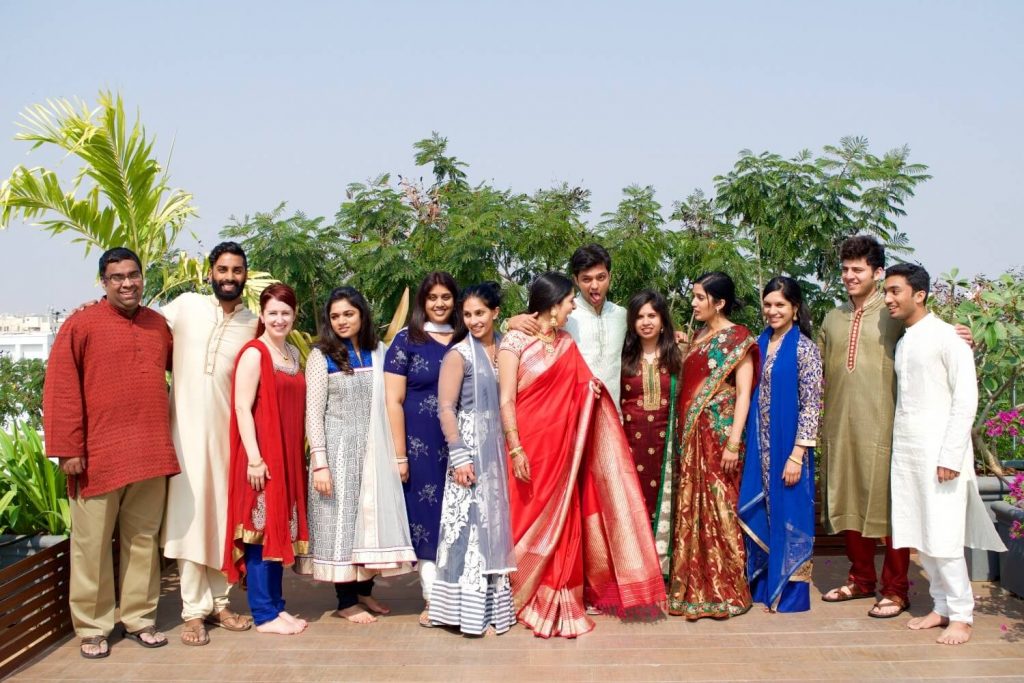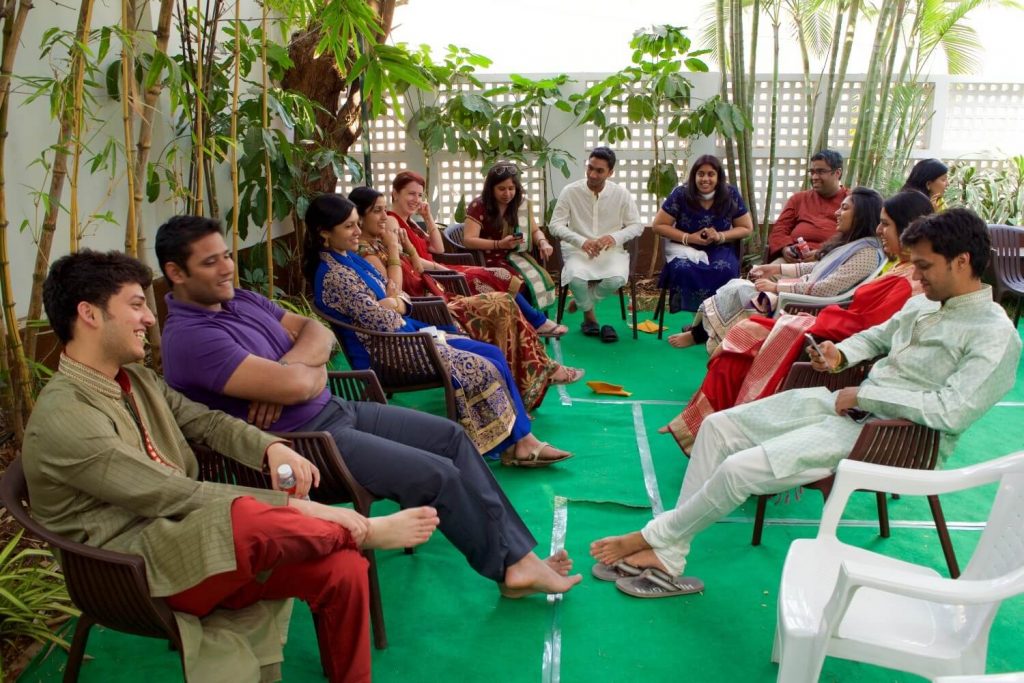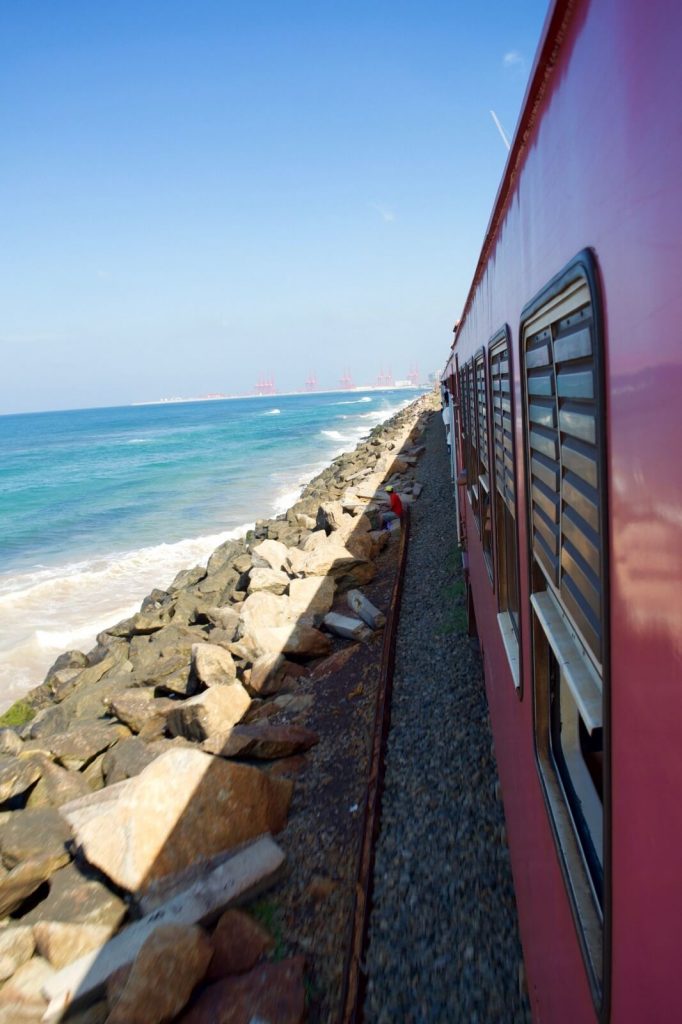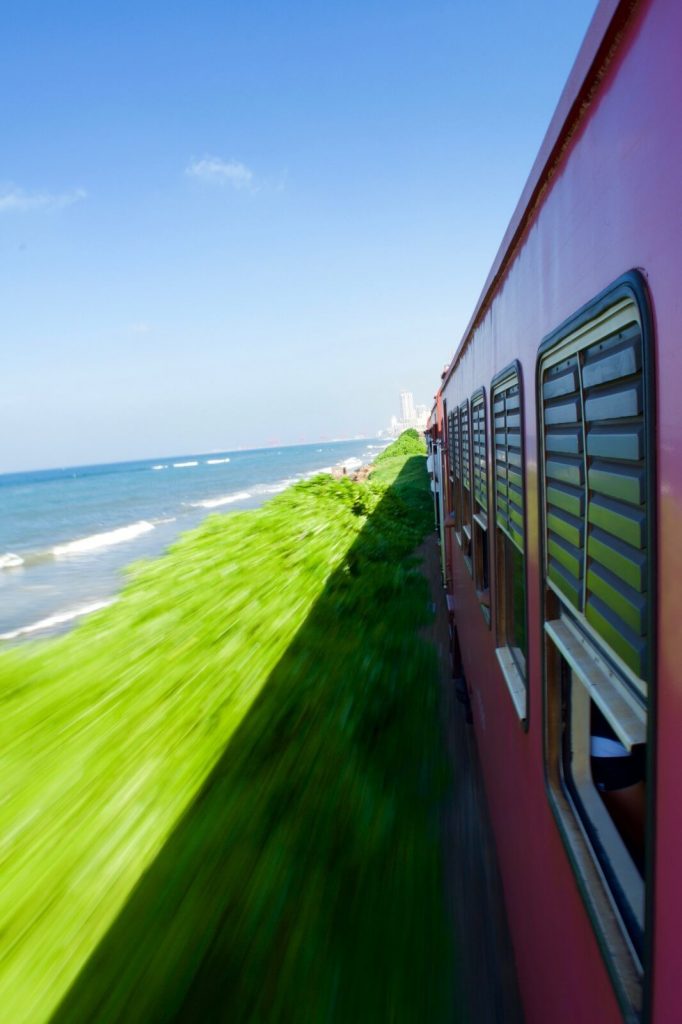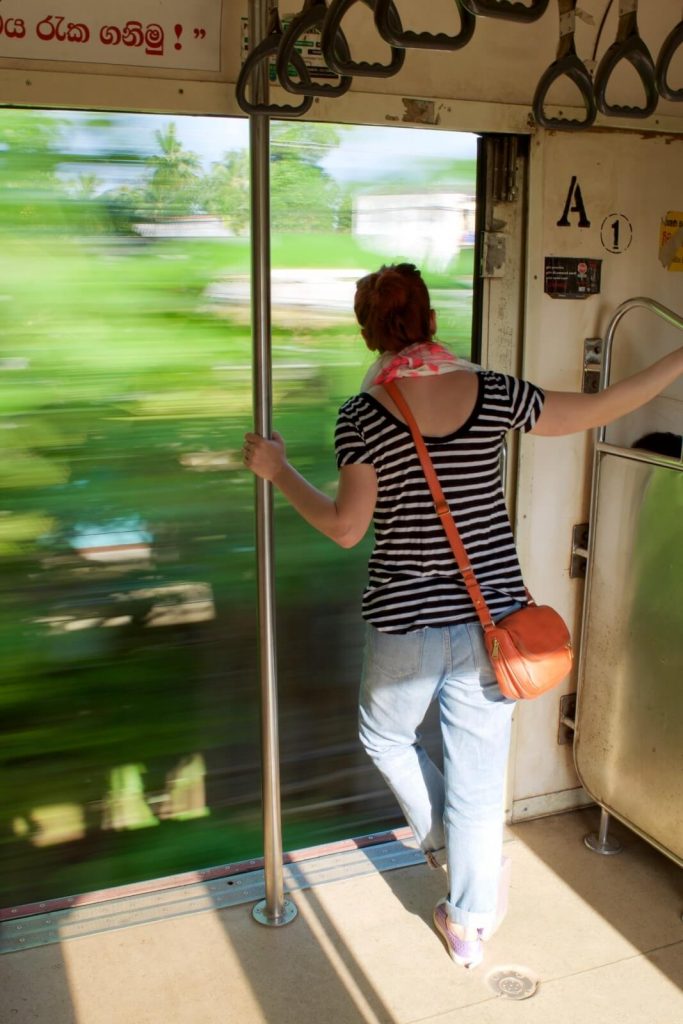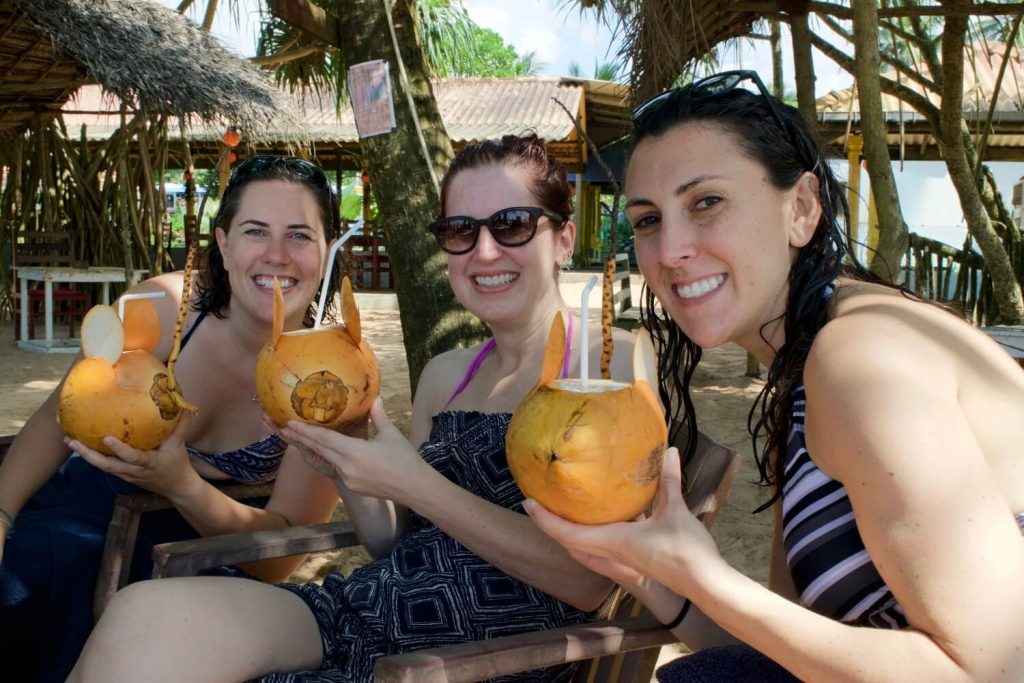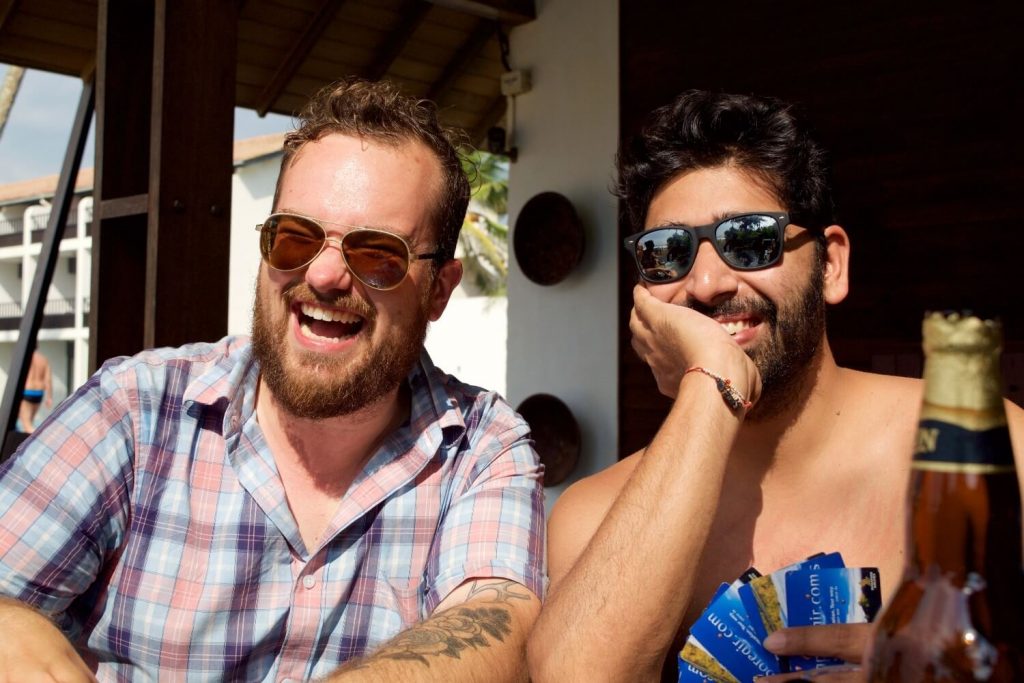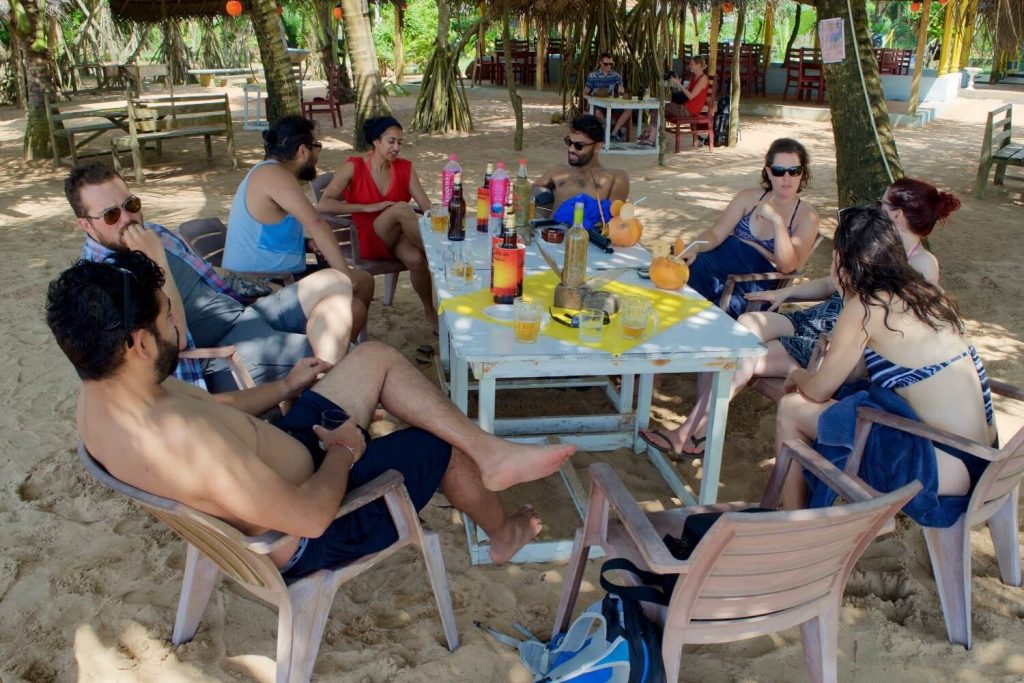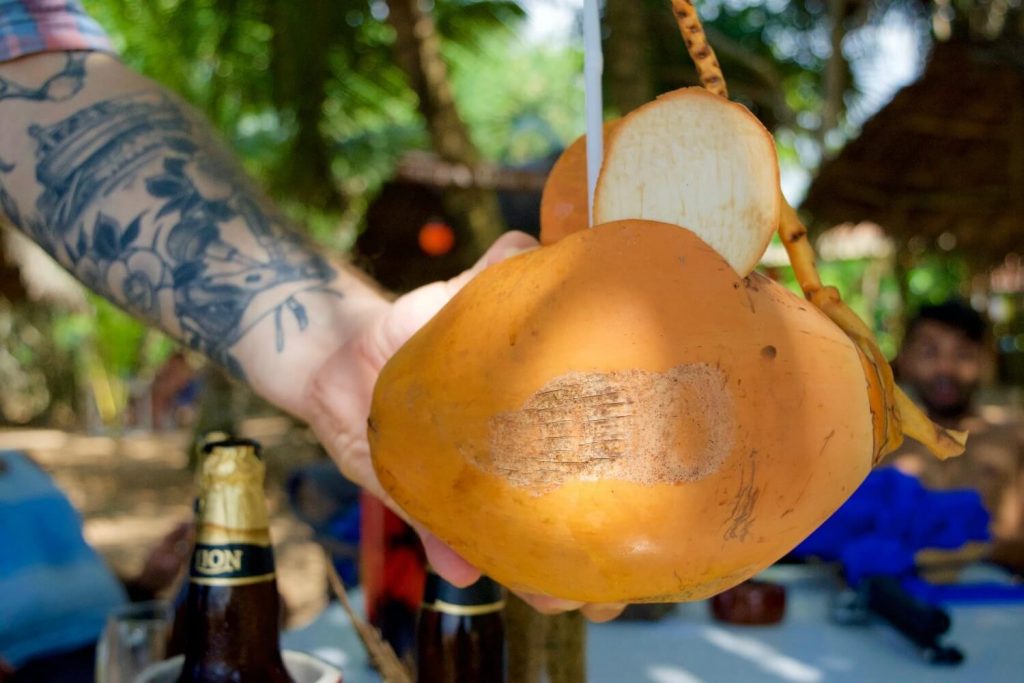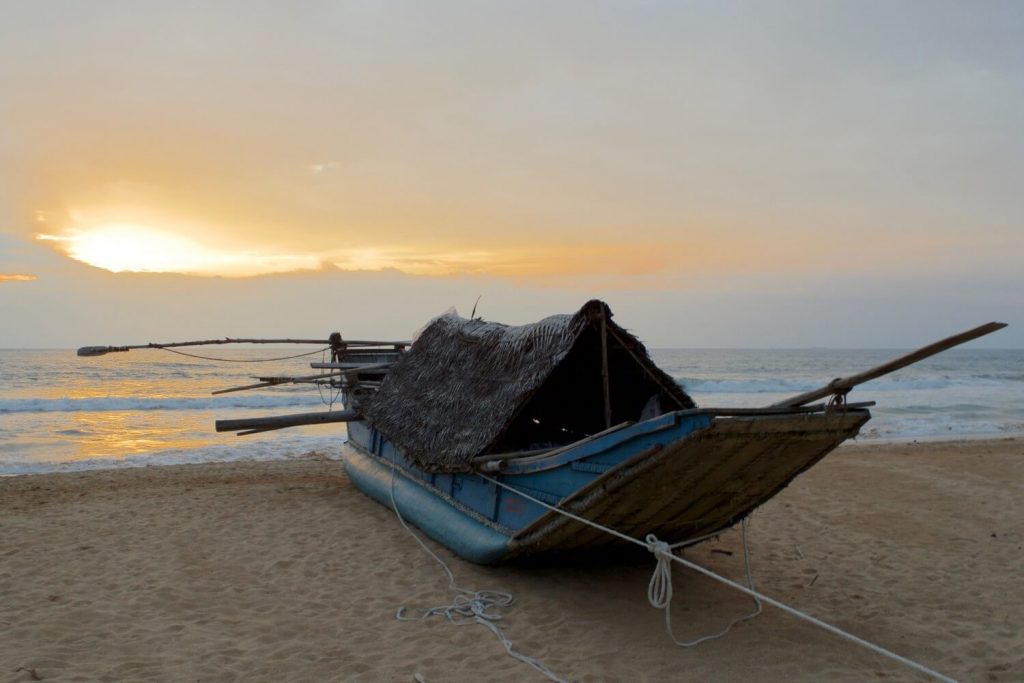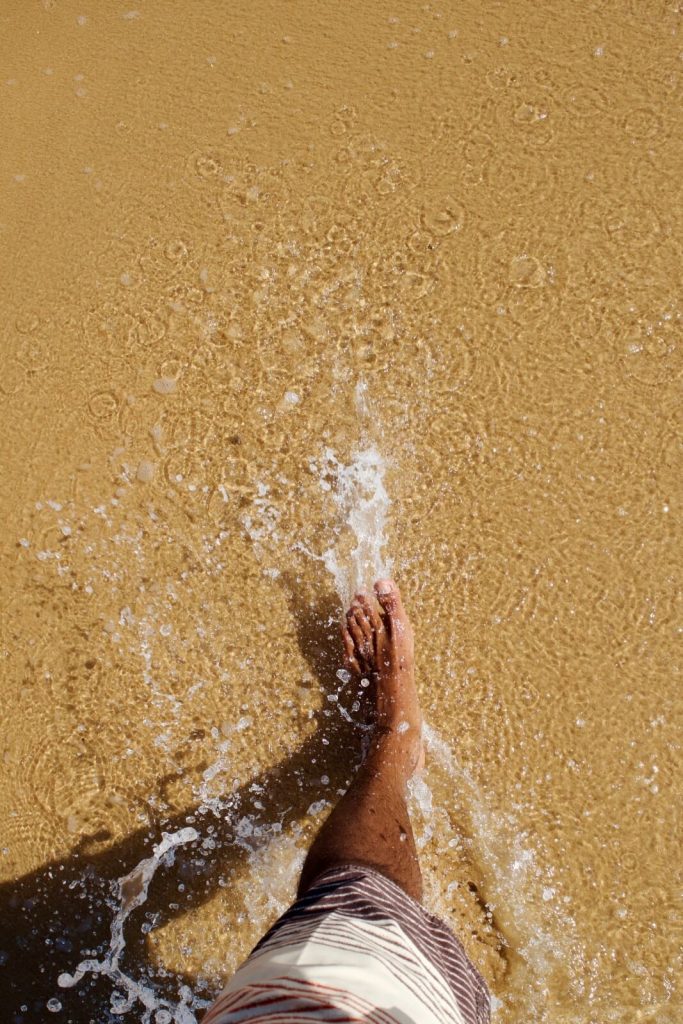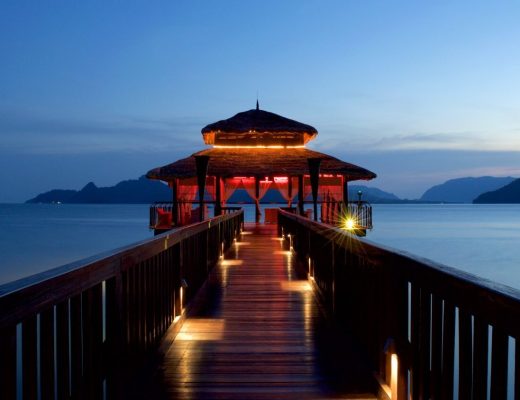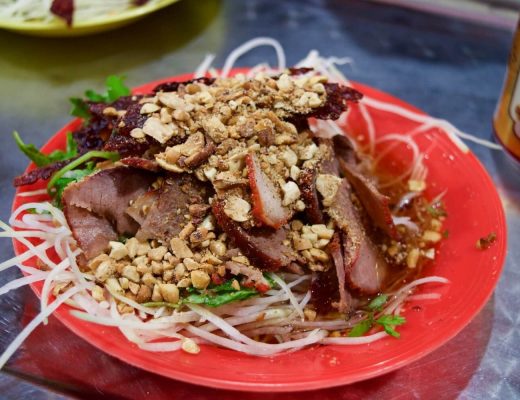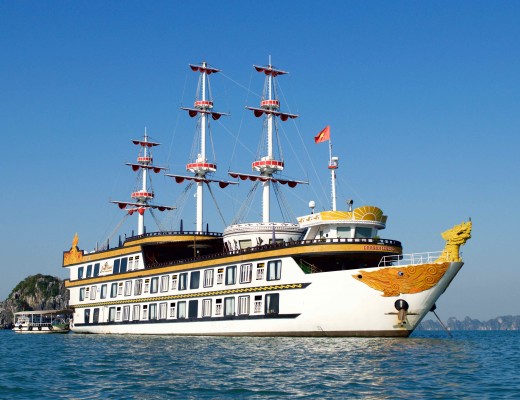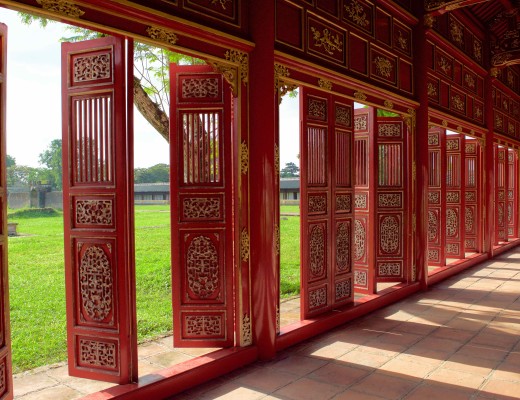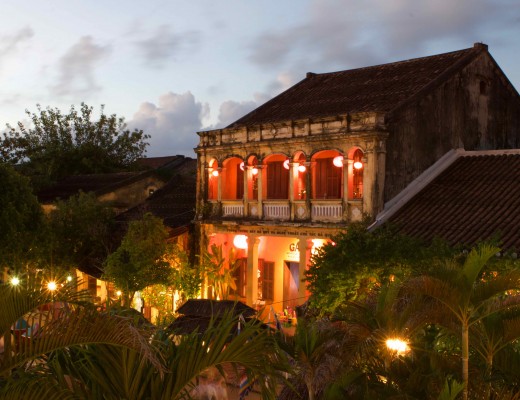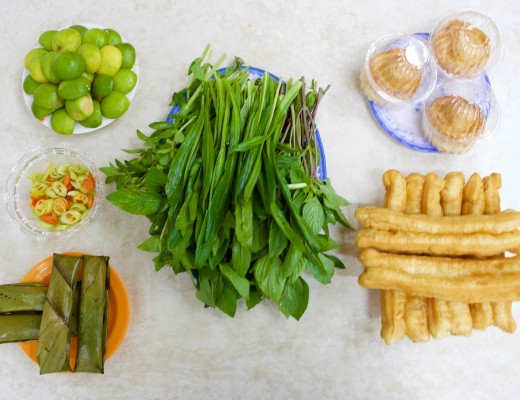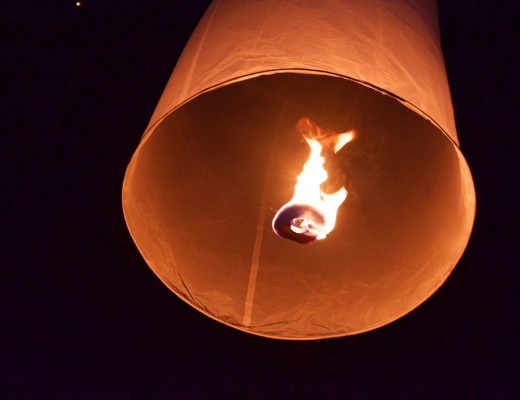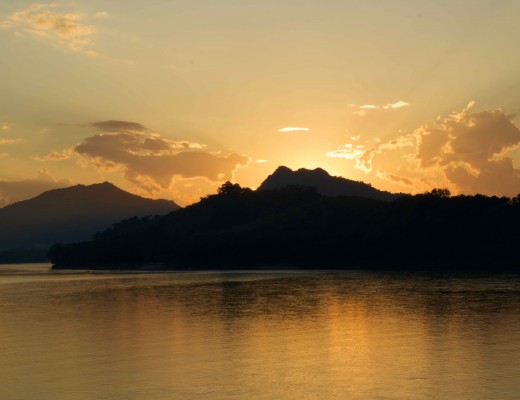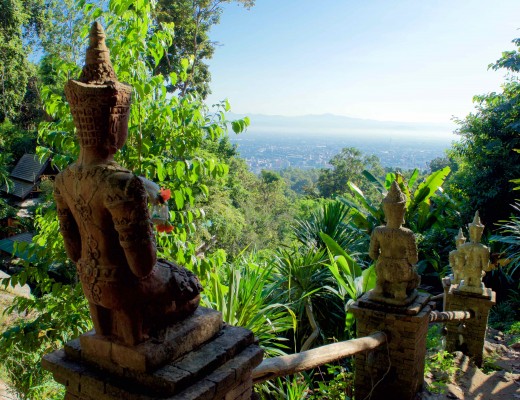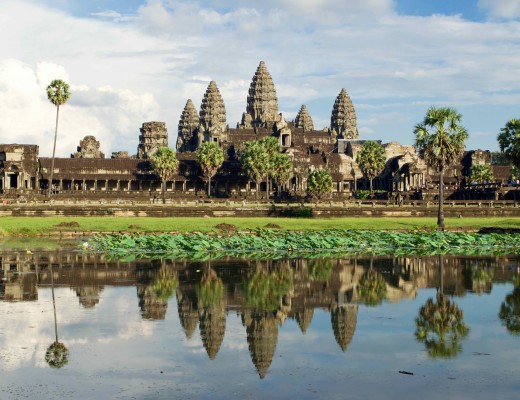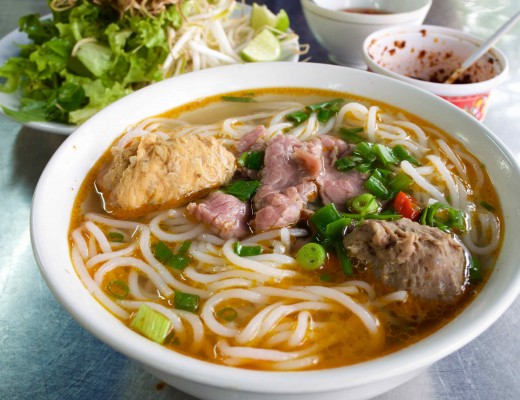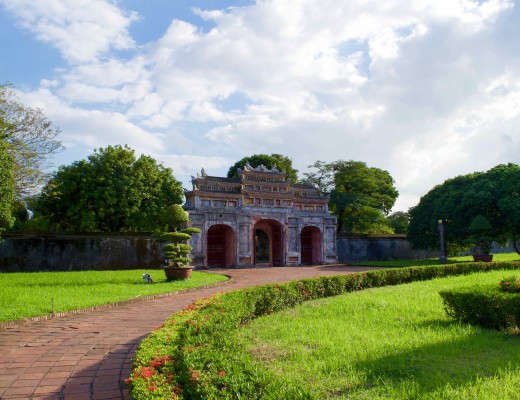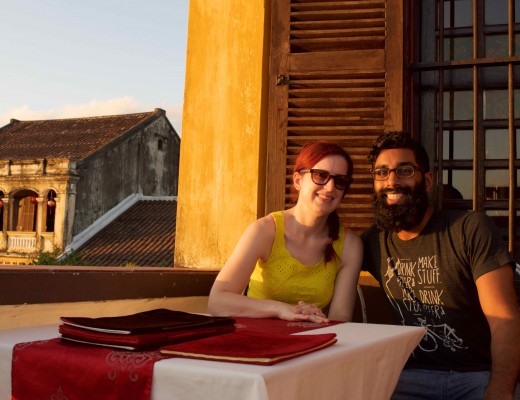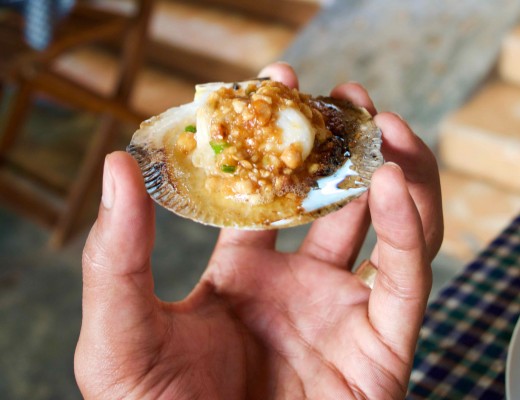Singin’ songs underneath the sun. That’s exactly what we’ve been doing for the past two and a half months, and now Michele and I are back home in San Francisco, still processing everything that just happened. Our honeymoon adventure is officially over, but the memories are still so vivid it feels like we could turn around and be back on that train in Sri Lanka.
Looking back through the photos on my camera, it’s hard to believe how much happened in these final two weeks. India for family time, Sri Lanka for friend time, and somehow both managed to serve up exactly the kind of beautiful messiness that’s defined this entire trip.
Hyderabad
Flying into Hyderabad from Langkawi felt like stepping into a completely different world – again. The colors hit you first: those brilliant jewel tones that make Southeast Asia’s pastels look almost shy by comparison. Then the sounds, the smells, the immediate sense that you’re somewhere with thousands of years of stories layered into every street corner.
We were there for Akshath and Swetha’s wedding, and let me tell you, nothing we’d experienced on this trip prepared us for the sheer scale of an Indian wedding celebration. Over 1,000 guests. Their mandap looked like something designed for a stadium concert, a massive stage completely covered in elaborate flower arrangements that probably cost more than our entire Southeast Asia budget. When they asked us to MC their cocktail event, I’m pretty sure it was just because our American accents added some sort of novelty factor (Michele handled it with her usual grace; I mostly tried not to embarrass the extended family).
The mandatory cousin dance was… well, exactly what you’d expect when you put a bunch of mostly uncoordinated people on stage and tell them to move their bodies. My strategy: back row, follow the leader, try to blend in. Michele’s strategy: front row, perfect smile, make everyone else look like they’re moving through molasses. Guess which one of us got complimented afterward.
But the real highlight – the moment that still makes Michele grin when she tells people about it – happened back at the house. Our family cook decided to make his famous biryani, and this man did not mess around with the spice level. We’re talking about a dish so fiery that even relatives who’d lived in India their entire lives were reaching for water. Michele, meanwhile, ate it like it was plain white rice. Went back for seconds. I watched jaws literally drop around the dinner table.
Truth is, we’d been training for this moment since our first dish of chili paste shrimp in Chiang Mai. All those street stalls with default spicy food, all those times we insisted on eating like the locals – it had been boot camp for this exact dinner.
Other highlights:
- A meal at Falaknuma Palace. It was gorgeous, all marble corridors and crystal chandeliers and the kind of history you can feel in the air.
- Jewel of Nizam for another delicious biryani, though significantly less likely to burn holes in your tongue.
- Some late night drinks with my high school friend, Harsh, who happened to be in Hyderabad at the same time.
Sri Lanka
Meeting up with friends in Sri Lanka felt like the perfect way to cap off this adventure. Seven of us crammed into Namo Villa in Bentota – Miraj and Smitha, Vivek and Stephanie, Sharad and Abby, plus Josiah – and it was exactly the kind of chaotic, wonderful house party you dream about having in a tropical paradise.
The train ride from Colombo to Bentota was hands-down one of the most incredible travel experiences of the entire trip. This rugged, decades-old train hugs the coastline so closely you feel like you’re gliding over water. The doors stay wide open the entire time – no safety protocols, no warnings, just trust that you’ll hold on tight. I spent most of the journey leaning out, camera in hand, trying to capture that feeling of almost flying over the Indian Ocean (Michele stayed safely inside).
Here’s a travel tip: don’t miss your stop!
We did, and discovered that the return train doesn’t run at night. Our only option was the local bus, which redefined everything I thought I knew about public transportation. No seats available, nowhere to put luggage, just holding on for dear life while this driver careened down narrow roads at breakneck speed. The really terrifying part was the stop system: the bus didn’t actually stop. It would slow down just enough for momentum to pause it for maybe half a second, and that’s when you had to jump off before it lurched forward again. Some kind locals, probably recognizing the panic in our eyes, asked the driver to make a full stop for us. Thank you!
The villa itself was paradise. Private pool, incredible staff, and a cook who might actually be a wizard. We spent our days playing ridiculous games (like Celebrity – ugh! – I find it deeply embarrassing, Michele loves it), swimming, and taking in the sun at Awanhala Beach Restaurant.
The turtle hatchery was sweet, group yoga at a Buddhist temple was surprisingly meditative, and New Year’s Eve turned into exactly the kind of party you hope for when you’re with good friends in a beautiful place. At some point we took over the stage from the live band and turned it into a karaoke session. I absolutely crushed “Wavin’ Flag” by K’NAAN – probably the musical highlight of my entire adult life.
But maybe the most memorable adventure happened when our wild friend Josiah convinced a rickshaw driver to let us rent his rickshaw for a few days. We proceeded to tool around in it endlessly. The inevitable happened when we got pulled over by the cops for cramming too many people into the vehicle. Being Americans in a foreign country, we figured we could just slip the officers a twenty (which is a lot of money in Sri Lanka) and they’d turn a blind eye. Wrong. These principled officers looked at our attempted bribe, shook their heads, and instructed us to drive to the station down the road to pay for the ticket properly. We were all shocked, impressed, and slightly embarrassed. And the ticket? It cost less than $1!
San Francisco
As I’m writing this, I keep thinking about how different we are from the people who left San Francisco two and a half months ago. Not in any dramatic, life-changing way – more like we’ve been stretched and tested and surprised by what we’re capable of handling together.
We’ve eaten street food that might have terrified us in October, navigated transportation systems that exist in apparent defiance of physics, and learned that Michele can handle spice levels that would destroy most people while I have an unfortunate tendency to lean out of moving vehicles for the perfect photo. We’ve been embarrassed, confused, overwhelmed, and occasionally sick, but we’ve also seen temples that take your breath away and tasted food that makes you reconsider everything you thought you knew about flavor.
It’s 2016 now – a brand new year, and we’re about to start our new life together back in San Francisco. I have no idea what’s waiting for us there, what challenges or adventures or ordinary Tuesday nights we’ll navigate together. But I know this: if we can figure out how to order dinner in three different languages, survive overnight buses through Myanmar, and make it through a Celebrity game without permanent relationship damage, we can probably handle whatever comes next.
The future feels wide open, full of possibility and uncertainty in equal measure. More adventures are guaranteed – maybe not involving quite as many temple stairs or spicy biryani challenges (although I secretly hope so!), but adventures nonetheless. We’ll grow and change and probably embarrass each other in countless new ways, but we’ll do it together, side by side, holding hands as we walk down whatever streets this world has waiting for us.
For now, though, we’re just ready to go home.
Note: this is a guest post written by Shiv 10 years later – some details might be off, missing, or slightly enhanced. I tried 😉

